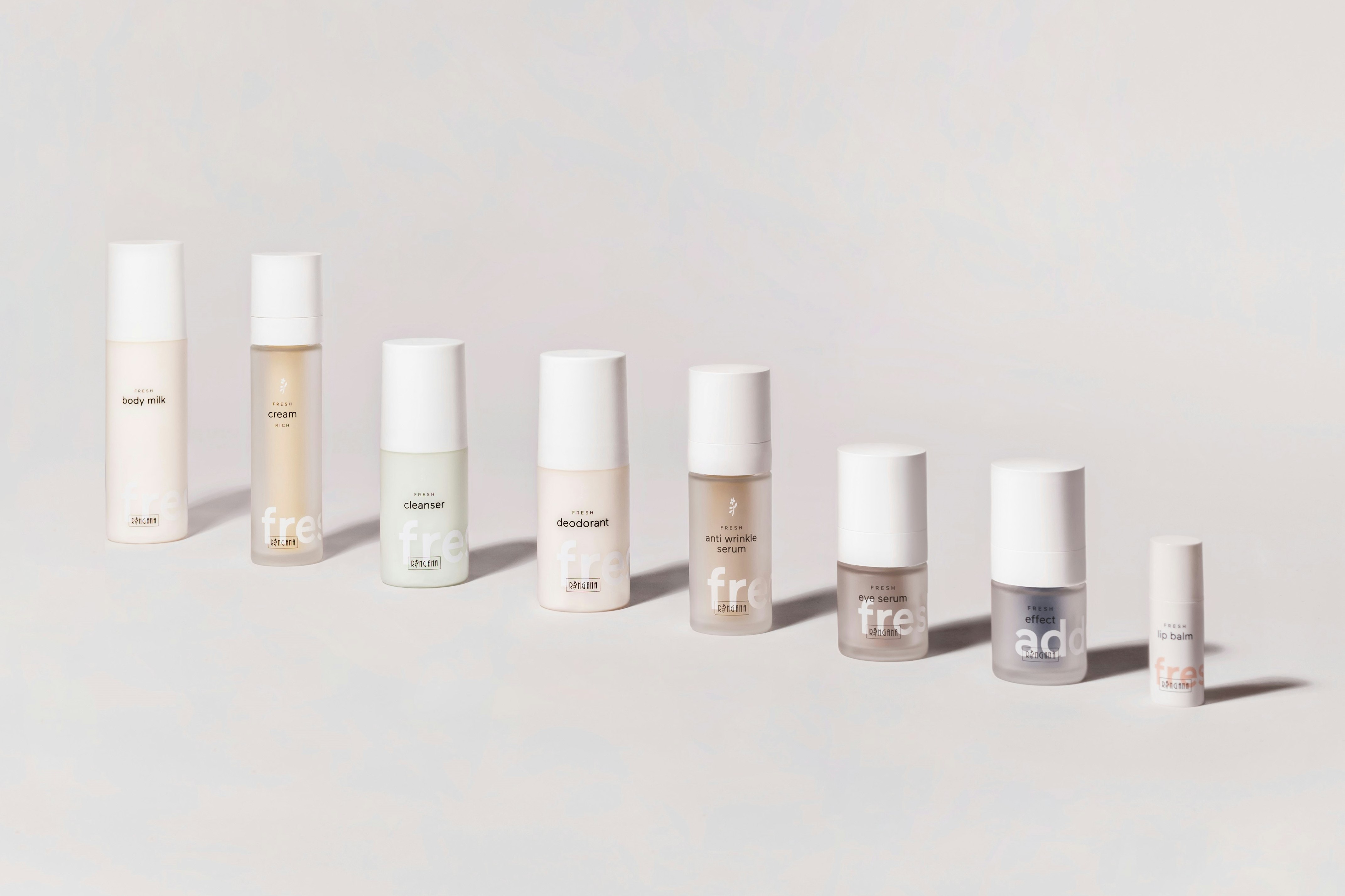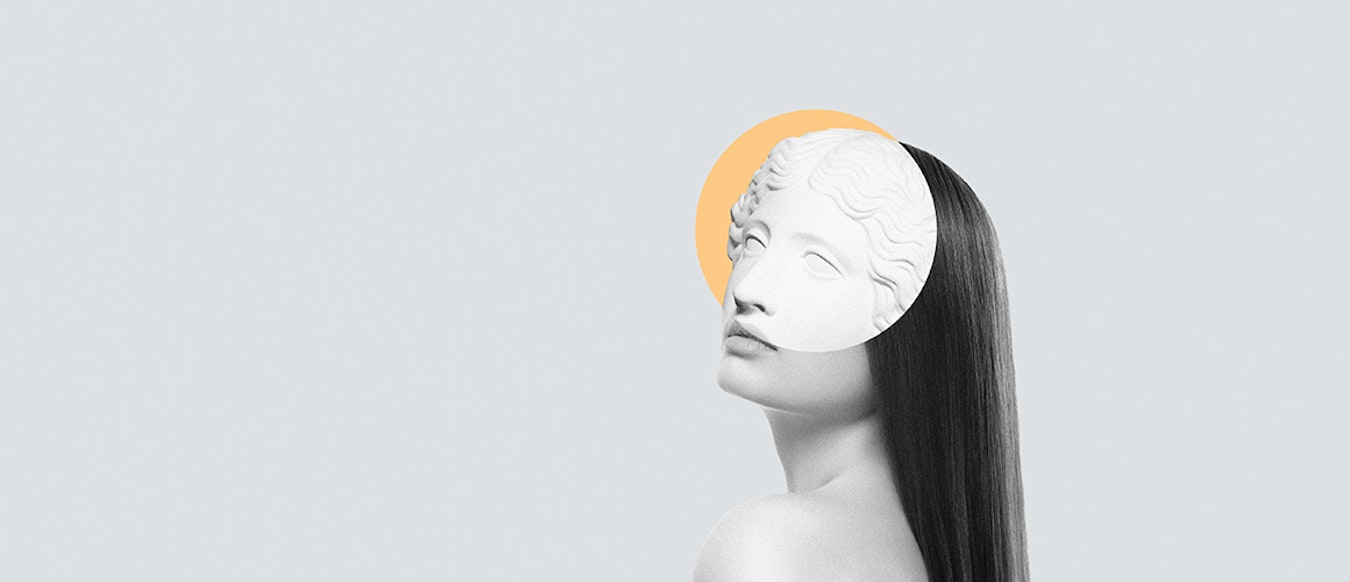They are supposed to protect, groom and beautify. Humans have used cosmetics for thousands of years. We have taken a closer look at the cultural history of beauty and have made some surprising discoveries.
ANCIENT EGYPT
The Egyptian queen Cleo-patra (69 BC – 30 AD) was already practising elaborate skin care with the means available at the time. Apart from her famous milk-and-honey baths, her beauty rec-ipes also included rosewater, clay and aloe vera. Cleansing and grooming were important in Ancient Egypt: people used special scrapers to free their skin of ingrained dirt. After washing, cosmetics and herbal oils were applied to the skin to protect it from the sun and disinfect it.
ANCIENT GREECE
The Greek physician Galen of Pergamon (129 – 199 AD) mixed up a cream for dry skin using olive oil, rosewater and beeswax. He called it cold cream. Cosmetics had been invented. The word derives from the Greek verb “kosméo” which means “to order, to adorn”. Those who could afford it bathed in water perfumed with bath salts, anointed their bodies with fragrant oils, and groomed their skin with precious essences.
EARLY MIDDLE AGES
Christianity held sway virtually everywhere in Eu-rope. Public bathhouses were closed. Make-up was declared heathen. In 529 AD, Emperor Justinian closed the famous academy in Athens that had been founded by Plato. As a result, many scholars went to the university in Gondishapur, Persia. Occidental and Ori-ental influences intermingled here when it came to the manufacture of cosmetics and perfumes. However, the Christian missionaries had nothing against monasteries’ medicinal use of oils, oint-ments and creams.
FRENCH RENAISSANCE
In France, an elegant lifestyle was the aristocracy’s highest aspiration. Exotic fra-grances and cosmetics made their way to Europe via the Chinese Silk Road and from the Orient. However, washing with water was frowned upon. Instead people used perfume to conceal body odour and made use of “dry cosmetics”. Unfortunately, white lead and cinnabar red were harmful to the skin, so rose oil and essences were used, in turn, to soothe irritation. .
THE ENLIGHTENMENT
Naturalness was redis-covered in the 19th century during the Enlightenment. Air, water and light were promoted as media available to everybody for strengthen-ing body and mind. People climbed mountains and went swimming. This increased demand for sun protection. Subsequently, Empress Elis-abeth of Austria created her own sunscreen by adding zinc and talcum to her cold cream. The zinc acted as a sun filter and, using today’s terminolo-gy, the cream would have had an SPF factor of around 20.
MODERN TIMES
Increasing industrialisation also influenced beauty. The first cosmetics companies were founded. This began with L’Oréal in 1909, Helena Rubinstein in 1912 and Coco Chanel in 1913 in Paris. In the wake of the Industrial Revo-lution, cosmetics became a mass product, making them affordable to the general public. It was the century of invention: from the permanent wave to liposomes – tiny lipid spheres that push active sub-stances deeper into the skin. People were inventing like there was no tomorrow.
AND TODAY
After so much industriali-sation and chemistry, a return to ingredients that are as nat-ural as possible can be seen. Organic, vegan and green are in greater demand than ever before, not only with regard to food but also for cosmet-ics. However, people also want high-tech formulations with measurable efficacy.

The smart fresh philosophy that RINGANA has embraced right from the start now reflects the zeitgeist more than ever.




 Voriger Artikel
Voriger Artikel Zur Übersicht
Zur Übersicht 